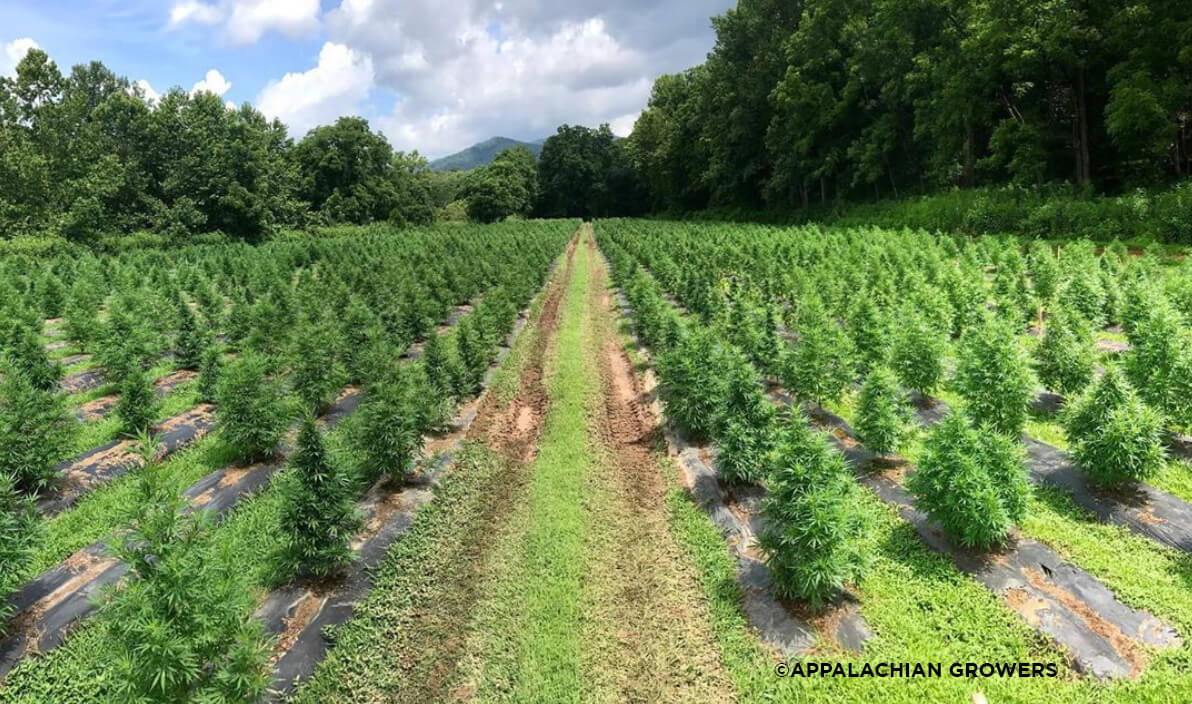Hemp, Sustainability
Hemp Farming Gone Global
As we discussed in our last article, hemp cultivation has had a long and complicated history. Its association with Marijuana has hindered hemp farming for almost a century when in 1937 Franklin D. Roosevelt signed the Marijuana Tax Act into law. The law limited the production of marijuana and included hemp in that mandate which meant the crop would suffer the same consequences.
However, as we also discussed, since 2019, hemp farming is becoming more widely adopted and hemp products are being recognized for the remarkable benefits they provide. Unfortunately, the effort does not come without different challenges, and today’s article will discuss those challenges along with the successes.
From Vegas to Italy, Hemp Farmers are All In
In 2018 hemp was removed from schedule 1 of the Controlled Substance Act which legalized the production of hemp for any use. Hemp farming quickly took off globally and farmers from Southern Italy to Las Vegas, Nevada are betting on their hemp crops to provide profits while helping to reduce the carbon footprint.
According to the U.S. Department of Agriculture, before 2018, U.S. farming was estimated at roughly 32,000 acres of hemp planted. By the end of 2019, that number had increased to 146,000. The New Frontier Data report projected the value of a $2.6 billion U.S. hemp market, with expectations of a compound annual growth rate of 27%.
According to Colton Lochhead reporting for the Las Vegas Review, the number of hemp growers in Nevada, where the industry was already legal under a limited pilot program, jumped from 115 to 216 in one year, while the total acreage of hemp planted more than quadrupled from 2018 to 2019, from 1,128 acres to 4,917.
It all sounds optimistic, but the truth is that the saturation of farmers in the market after the farm bill was signed caused the hemp prices to plummet. A report from Hemp Industry Daily suggested that prices dropped from $39 per pound to just $8.10 from 2019 to 2020.
“The aggregate price of hemp CBD biomass dropped by 79% from April 2019 to April 2020, according to Hemp Benchmarks, a pricing and tracking agency”. — Hemp Industry Daily
But not all price decreases are from an over-saturated farming market. Some retailers are dropping prices to attract a broader market and new sales channels. So, in theory, as demand for the product increases so too will demand for continued quality hemp farming.
Hemp Farming Gone Global
While CBD is the largest driver of the hemp market in the U.S., there are thousands of other products produced using all components of the hemp plant. From clothing, blankets, and bags to wood products, hair and skin care, and food and beverages.
According to CBD World News, the majority of Canada’s annual hemp volume is used for hemp oils, hulled hemp seeds, hemp protein powders, and hemp-derived cannabidiol. And while the United States is Canada’s biggest market, there are other countries with the same demands and to date, China is the larger producer.
“China reportedly produces about 70% of the world’s hemp volume at a time”.—CBD World News
China’s climate and terrain are ideal for hemp farming and the Eastern Coast is where you’ll find hemp production at its best. Current statistics show that China produces roughly 44,000 metric tons of hemp yearly translating to 38% of the world’s total hemp production.
France is responsible for producing 25% of the European production of hemp. Commercial hemp farms found in the regions of Sarthe and West-Central France are responsible for hemp production for industrial uses like linen, fabric, rope, cordage, natural oil, and sail for the aviation industry.
South America also has a long history of farming hemp with Chile accounting for the largest producer and a global leader in hemp seed production.
So, while hemp farming across the globe is broadening to meet the demand for seeds and products, the environmental benefits of hemp agriculture are also driving demand for farming. In fact, a community in Italy is aiming to clean up pollution by farming hemp for fiber.
Hemp Fibers with a Purpose beyond Products
A collaborative project with the city of Coldiretti and the Province of Matera is yielding an optimistic outlook for this Southern Italian Province. The sustainable hemp cultivation effort is focused on reversing a contaminated area in the Basilicata region of Italy. And because hemp is pest resistant and can grow in almost any environment, farming hemp in this forested and mountainous region is feasible.
It bears repeating that when cultivated for farming, hemp captures carbon emissions from the atmosphere. Much like trees, hemp absorbs carbon. For every ton of hemp produced, 1.63 tons of carbon is removed from the air. You could say, it is also vital in removing toxins from the air. Hemp can also replace trees as a sustainable and strong source of raw materials for wood and paper products which means forested areas can be protected from clearcutting. Additionally, the hemp yield is higher, it is more efficient to cultivate, and it is a faster-growing crop.
As far as soil goes, the hemp crop relies on crop rotation enriching the soil and increasing the yield. Hemp is capable of repairing damaged soil and reducing soil erosion. The long hemp roots will break up soil compaction and allow for better nutrient abortion. The crop will also remove toxins from the soil, is easy to grow requires less water than most crops.
“These polluted land remediation techniques are far less expensive, more efficient, and less impactful than conventional ones,” said Gianfranco Romano, Coldiretti’s provincial president, who suggested hemp cultivation could help to clean up polluted industrial lands associated with Valbasento, and energy company located in the province. —HempToday
Additional benefits of the project mean more jobs in the area and a guaranteed income for farmers. Studies by a professor of chemistry at the Polytechnic of Bari also suggested that hemp grown to clean the air can also be used in construction materials and energy production.
So, with this small province of Italy leading the way, other regions are following suit to leverage hemp farming to clean up contaminants in the soil and the air. It’s an optimistic sign that even governments are seeing the benefits of hemp in ways that we might never have imagined.
At Kaya Hemp Co. we know that hemp farming is here to stay. We are also excited about continuing the conversation while providing the products that have come from a plant so full of goodness.
For more on the hemp products we carry and the benefits of each, visit us at the store or @kayahempco.
Resources:

